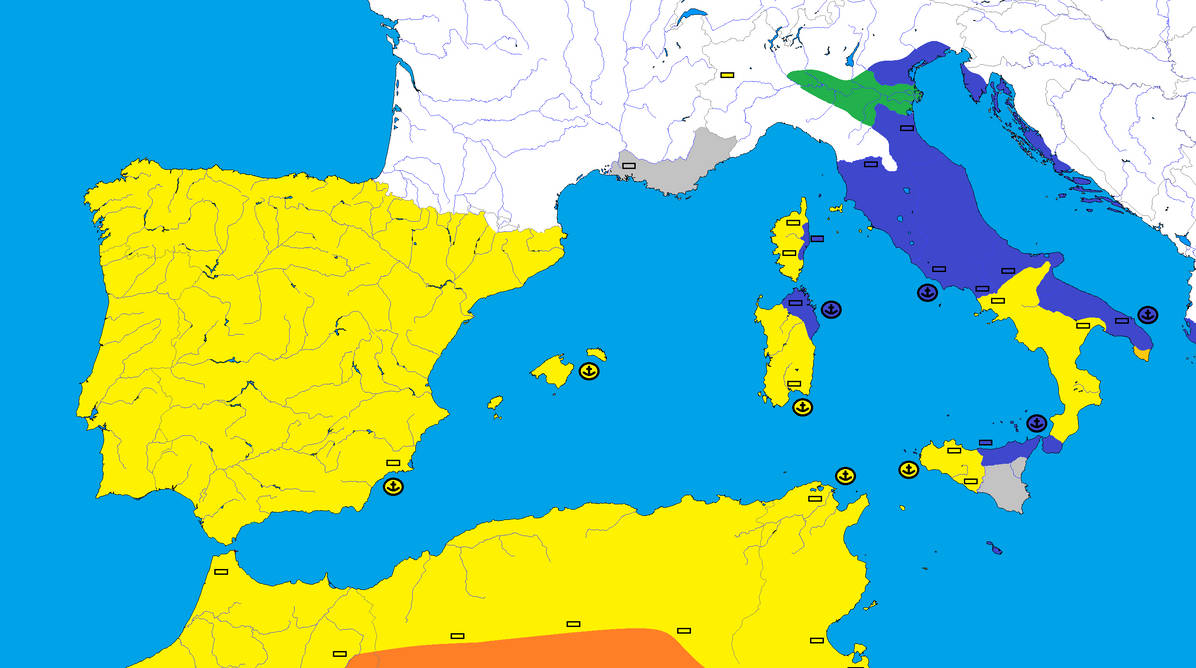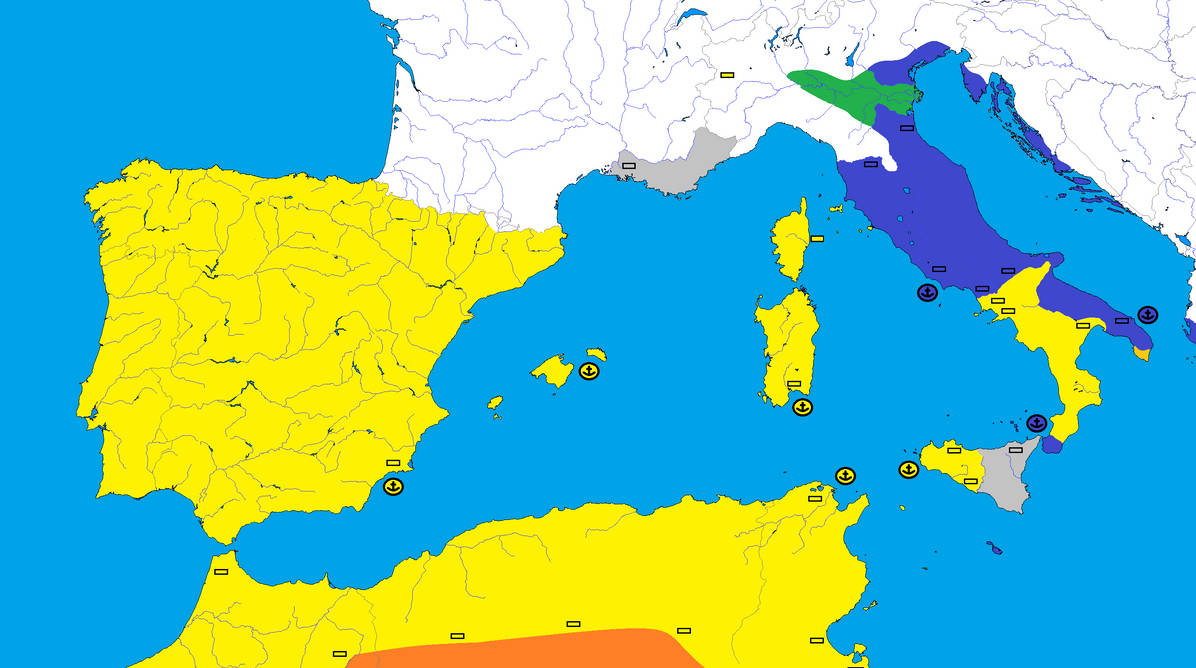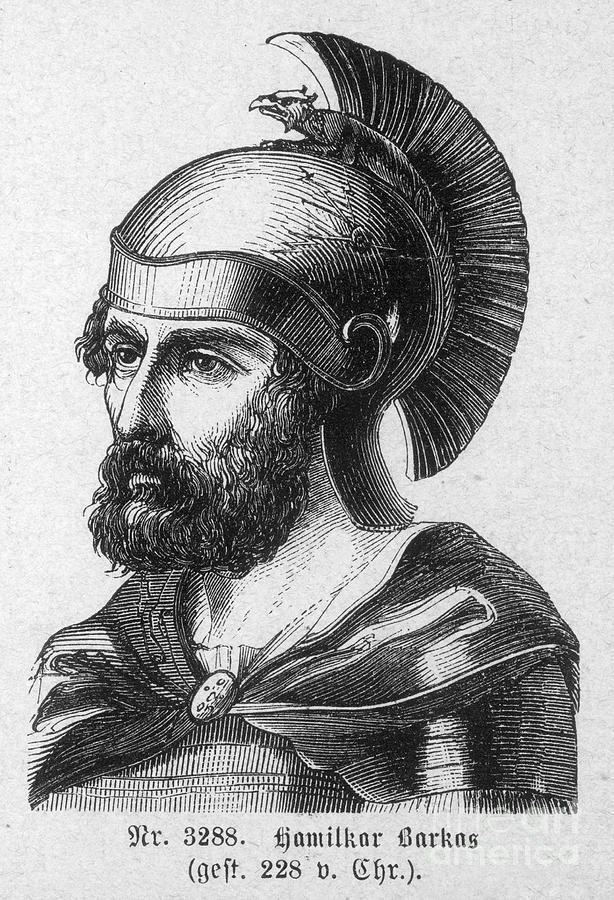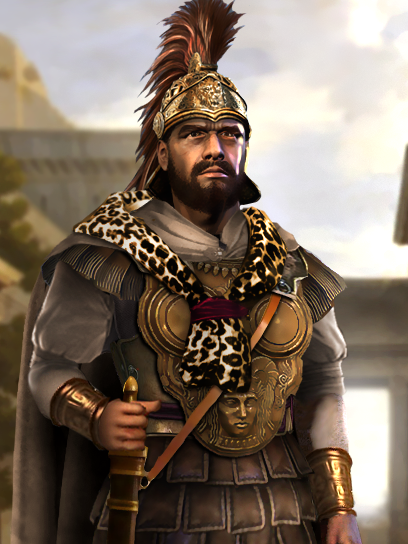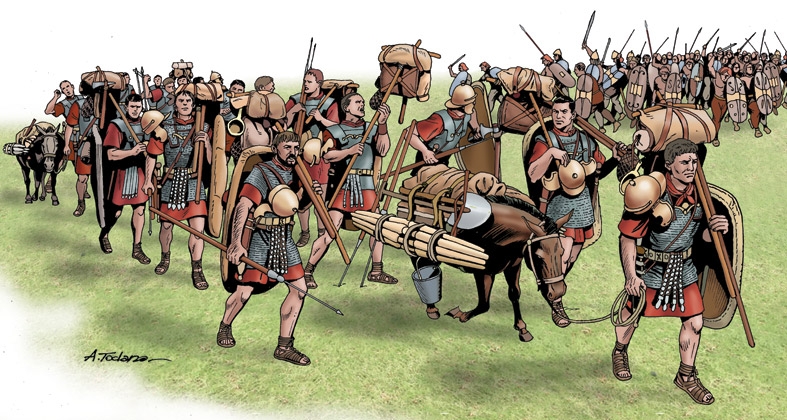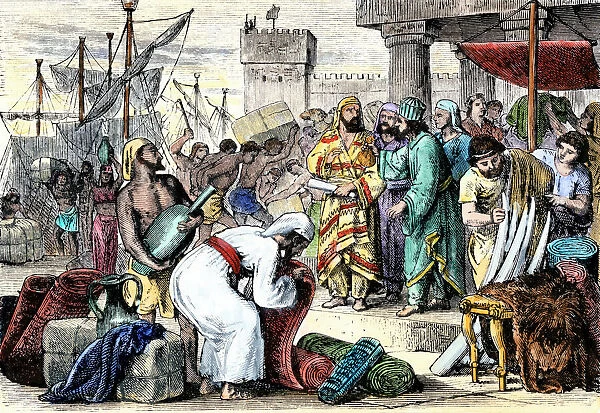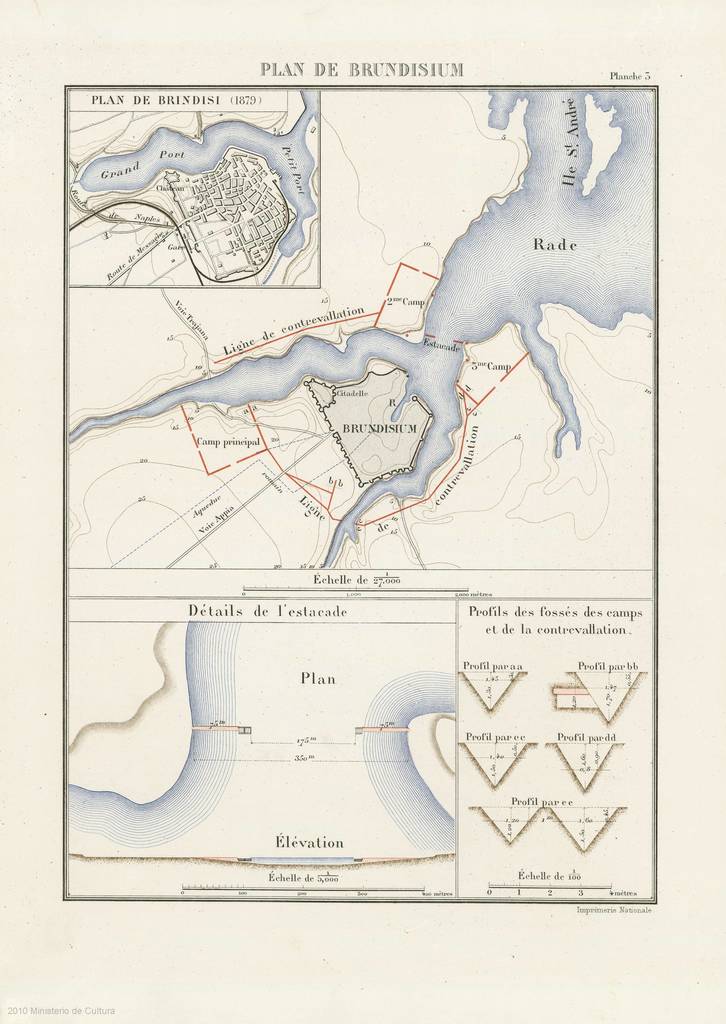Chapter 130: Punic Islands
Chapter 130: Punic Islands

While the Romans thanks to Hannibal had not many forces to spare outside of Italy and even recalled some of these Legions back into the Peninsula. The Carthaginians however were not being idle either and used one of her navies near Corsica and Sardinia to land a few thousand forces of Punic and Hesperian soldiers near the Etrucsian Coast. There the Romans prepared further reinforcements for Corsica and Sardinia after their recent loss of Sicily. To prevent further reinforcements for Hannibal from Spain, North Africa or these cities. A naval battle enraged in the islands between the Ligurian Sea and Tyrrhenian Sea and the Punic Navy managed to outmaneuver the Roman Navy during the battles around and in between them. The islands archipelago, according to Legend, originated from a necklace that Venus, the Roman goddess of beauty and sensuality, lost while emerging from the Tyrrhenian sea. The seven islands are in fact seven pearls the goddess was unable to retrieve. When the Punic forces had won the naval battle, they landed 16,000 forces on Ilva, the ancient name of a island once settled by Ligures Ilvates, known for it's iron resources and valued mines since ancient times. Later the Greeks called it Aethalia (fume), after the fumes of the metal producing furnaces. Apollonius of Rhodes mentions it in his epic poem Argonautica, describing that the Argonauts rested here during their travels. He writes that signs of their visit were still visible in his day, including skin-coloured pebbles that they dried their hands on and large stones which they used at discus. The victorious Punic forces landed on the island and occupied them, like they did with the rest of the Italian Islands west of the Italian peninsula. By building fortified positions, like watchtowers and lighthouses on these islands to get a better overview of the Roman naval movements and therefore deny them to rule the waves again. Thanks to this strategy, the Carthaginians had a good overview of their enemy movements and with this partly over their plans too. This allowed them to further prepare for their strikes and use their watchtowers and lighthouses to ensure their continued dominance over the Tyrrhenian Sea, thus hindering Roman movements and securing their own supply lines from Libya and Hesperia.
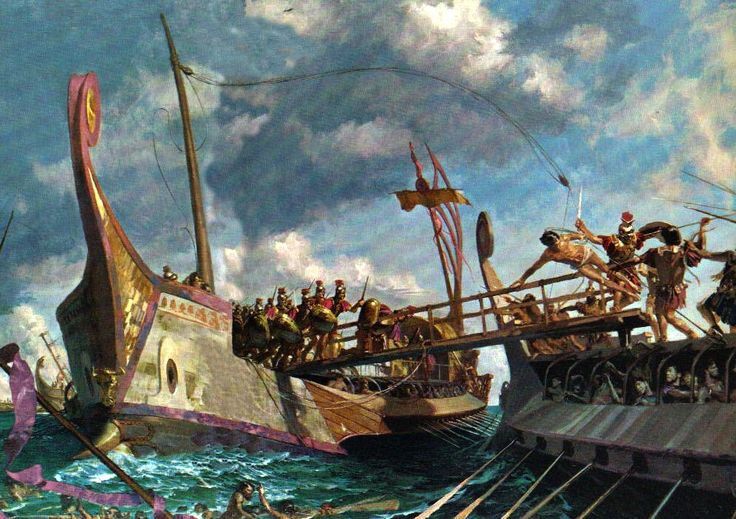
None of these former Roman and Italian Islands west of the Peninsula would ever go back to the Romans after the Second Roman War/ Second Punic War, but rather stay under Punic control who would go on to dominate the western Mediterranean Sea with their naval trade empire, outright stopping other powers to trade within their dominated waters for good. Beside that, the Carthagians only would station a small number of of Punic garrisons on those islands, as well as on major port towns and cities along the western coast that would have a direct alliance or protection treaty from Carthage. None of this force were much to directly change the outcome of any future battle or conflict, but their presence meant that Punic protection was more direct and serious. Even with only a few dozen Punic forces in these garrisons, attacking these factions, states and cities meant attacking Carthage itself. Therefore Hannibal would establish a system that would allow for Punic dominance and hegemony over the whole western Mediterranean without a large standing army, but a responding one to regional threats, similar to their mercenary ones before the Punic Wars. As Hannibal was also interested in establishing these independent protectorates depending on Punis trade and defensive armies and navies, but not outright annexing them like the Romans, as this would have overstretched Punic abilities and resources for now. It would likewise ensure that Carthage could play the role of a negotiator and stable force for peace, only getting involved if their trade, or the overall balance of power in the Western Mediterranean was threatened in any way or form. Therefore the system was flexible enough to not put to much financial pressure on Carthage, while securing it's trade routes and dominance with little effort, but great effectiveness. Thereby a system of growth and dominance was born that would outlive Hannibal's Carthage and his families dynasties for centuries to come.

While the Romans thanks to Hannibal had not many forces to spare outside of Italy and even recalled some of these Legions back into the Peninsula. The Carthaginians however were not being idle either and used one of her navies near Corsica and Sardinia to land a few thousand forces of Punic and Hesperian soldiers near the Etrucsian Coast. There the Romans prepared further reinforcements for Corsica and Sardinia after their recent loss of Sicily. To prevent further reinforcements for Hannibal from Spain, North Africa or these cities. A naval battle enraged in the islands between the Ligurian Sea and Tyrrhenian Sea and the Punic Navy managed to outmaneuver the Roman Navy during the battles around and in between them. The islands archipelago, according to Legend, originated from a necklace that Venus, the Roman goddess of beauty and sensuality, lost while emerging from the Tyrrhenian sea. The seven islands are in fact seven pearls the goddess was unable to retrieve. When the Punic forces had won the naval battle, they landed 16,000 forces on Ilva, the ancient name of a island once settled by Ligures Ilvates, known for it's iron resources and valued mines since ancient times. Later the Greeks called it Aethalia (fume), after the fumes of the metal producing furnaces. Apollonius of Rhodes mentions it in his epic poem Argonautica, describing that the Argonauts rested here during their travels. He writes that signs of their visit were still visible in his day, including skin-coloured pebbles that they dried their hands on and large stones which they used at discus. The victorious Punic forces landed on the island and occupied them, like they did with the rest of the Italian Islands west of the Italian peninsula. By building fortified positions, like watchtowers and lighthouses on these islands to get a better overview of the Roman naval movements and therefore deny them to rule the waves again. Thanks to this strategy, the Carthaginians had a good overview of their enemy movements and with this partly over their plans too. This allowed them to further prepare for their strikes and use their watchtowers and lighthouses to ensure their continued dominance over the Tyrrhenian Sea, thus hindering Roman movements and securing their own supply lines from Libya and Hesperia.

None of these former Roman and Italian Islands west of the Peninsula would ever go back to the Romans after the Second Roman War/ Second Punic War, but rather stay under Punic control who would go on to dominate the western Mediterranean Sea with their naval trade empire, outright stopping other powers to trade within their dominated waters for good. Beside that, the Carthagians only would station a small number of of Punic garrisons on those islands, as well as on major port towns and cities along the western coast that would have a direct alliance or protection treaty from Carthage. None of this force were much to directly change the outcome of any future battle or conflict, but their presence meant that Punic protection was more direct and serious. Even with only a few dozen Punic forces in these garrisons, attacking these factions, states and cities meant attacking Carthage itself. Therefore Hannibal would establish a system that would allow for Punic dominance and hegemony over the whole western Mediterranean without a large standing army, but a responding one to regional threats, similar to their mercenary ones before the Punic Wars. As Hannibal was also interested in establishing these independent protectorates depending on Punis trade and defensive armies and navies, but not outright annexing them like the Romans, as this would have overstretched Punic abilities and resources for now. It would likewise ensure that Carthage could play the role of a negotiator and stable force for peace, only getting involved if their trade, or the overall balance of power in the Western Mediterranean was threatened in any way or form. Therefore the system was flexible enough to not put to much financial pressure on Carthage, while securing it's trade routes and dominance with little effort, but great effectiveness. Thereby a system of growth and dominance was born that would outlive Hannibal's Carthage and his families dynasties for centuries to come.


